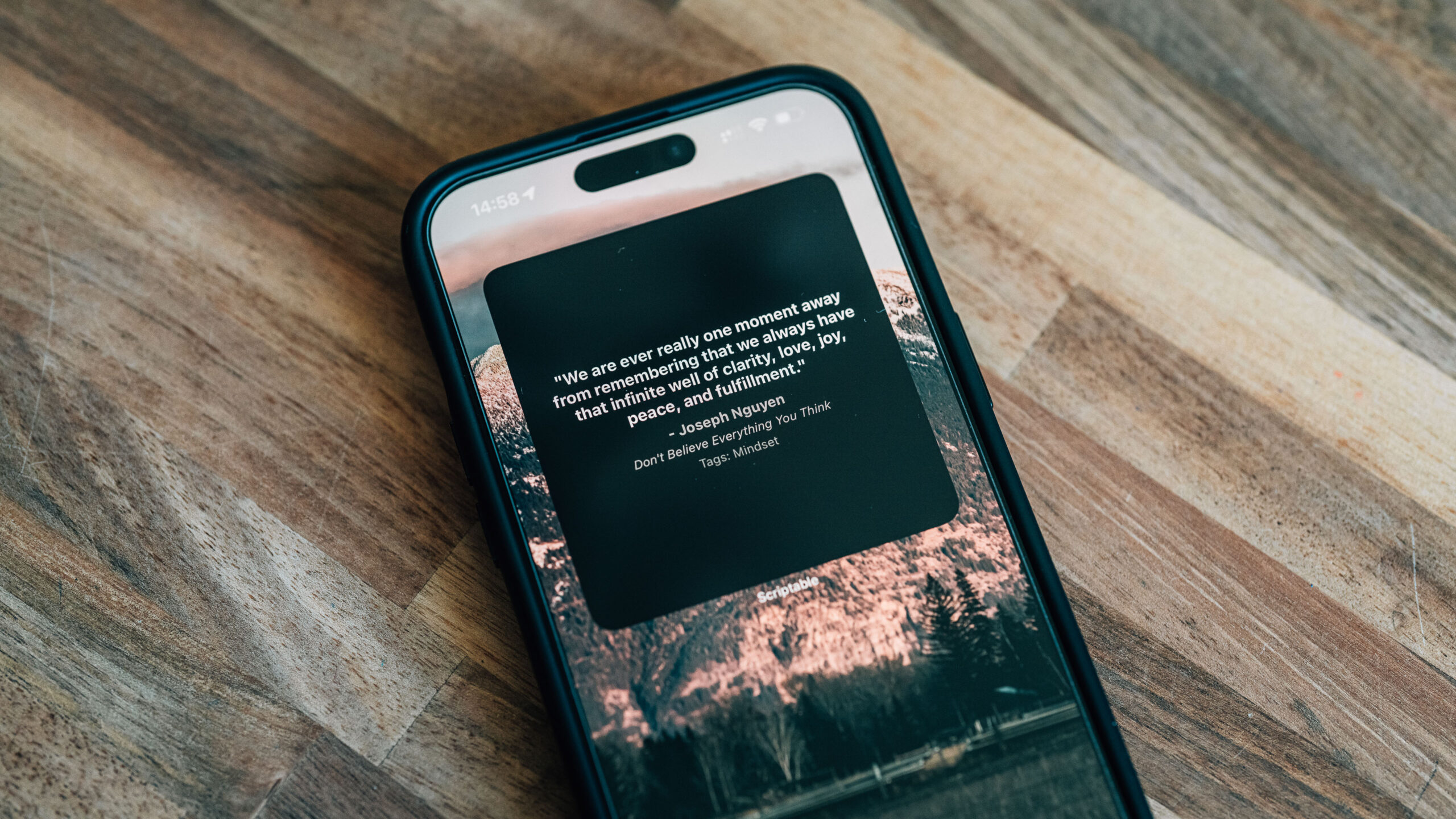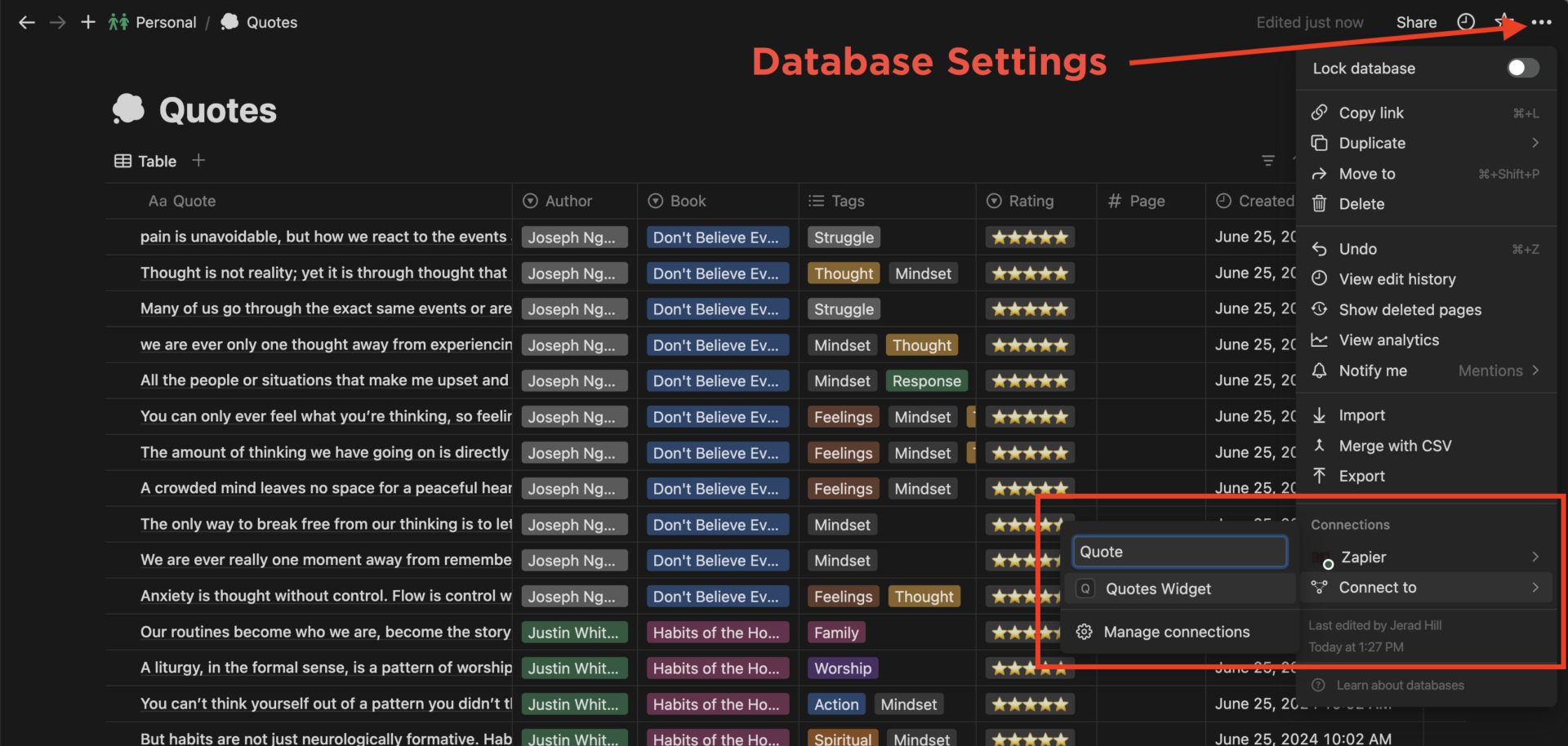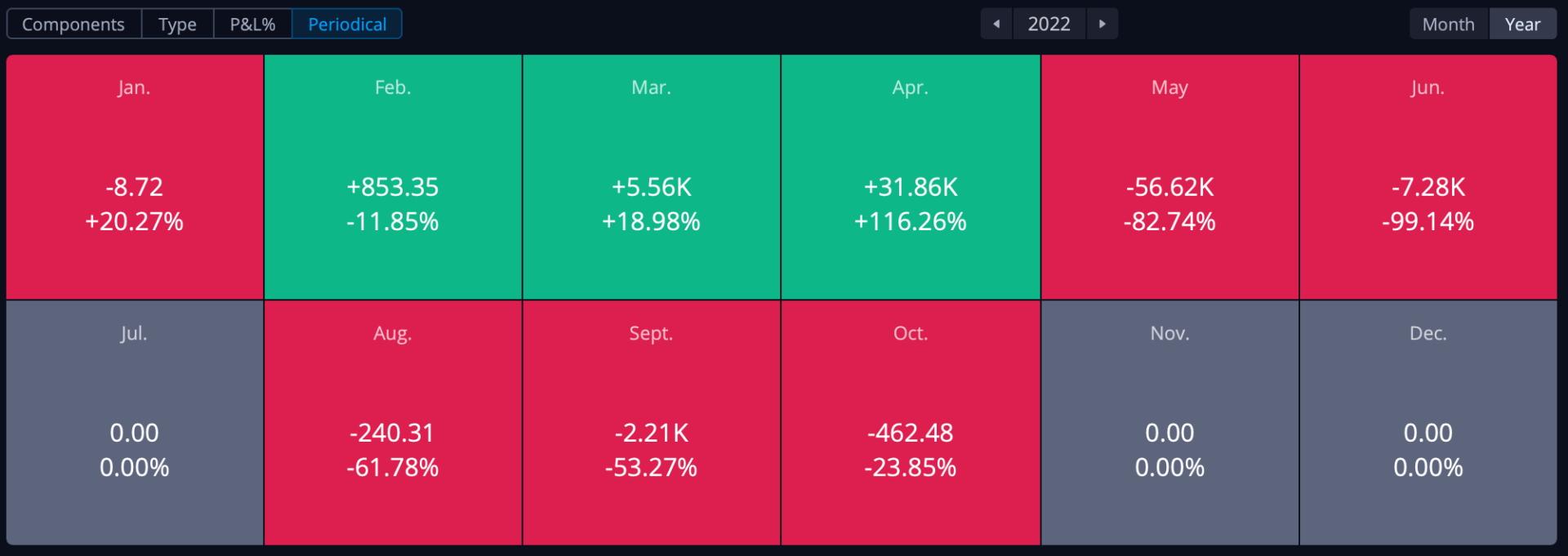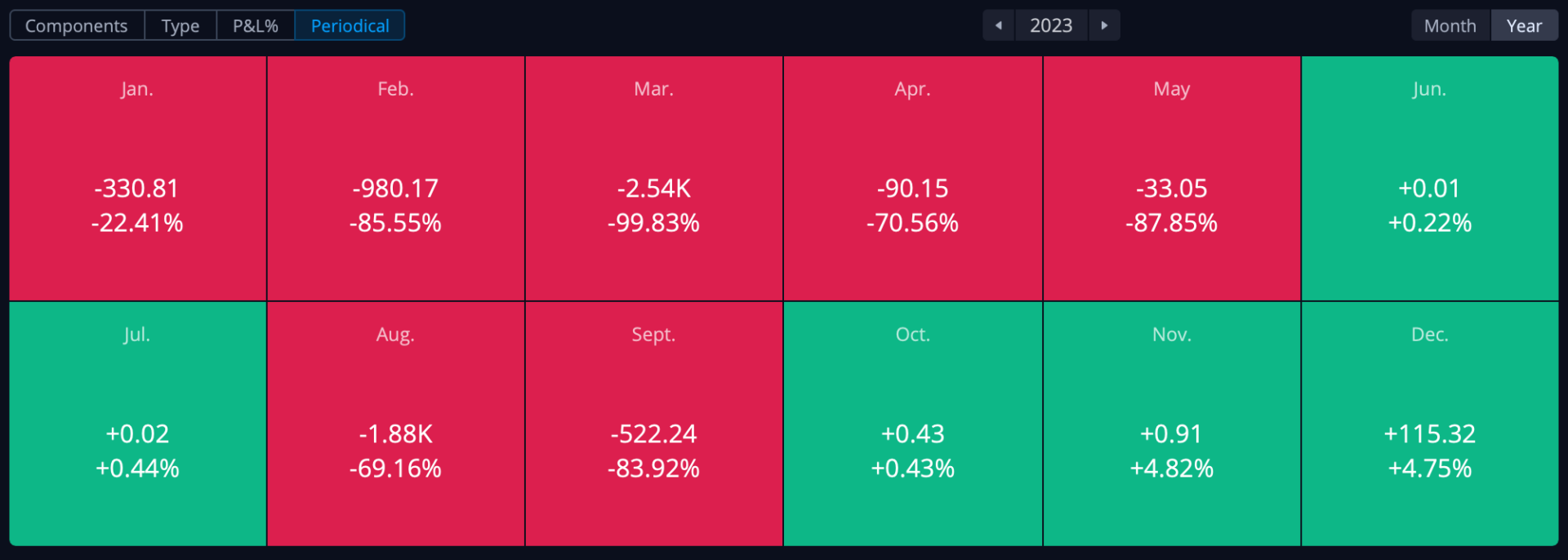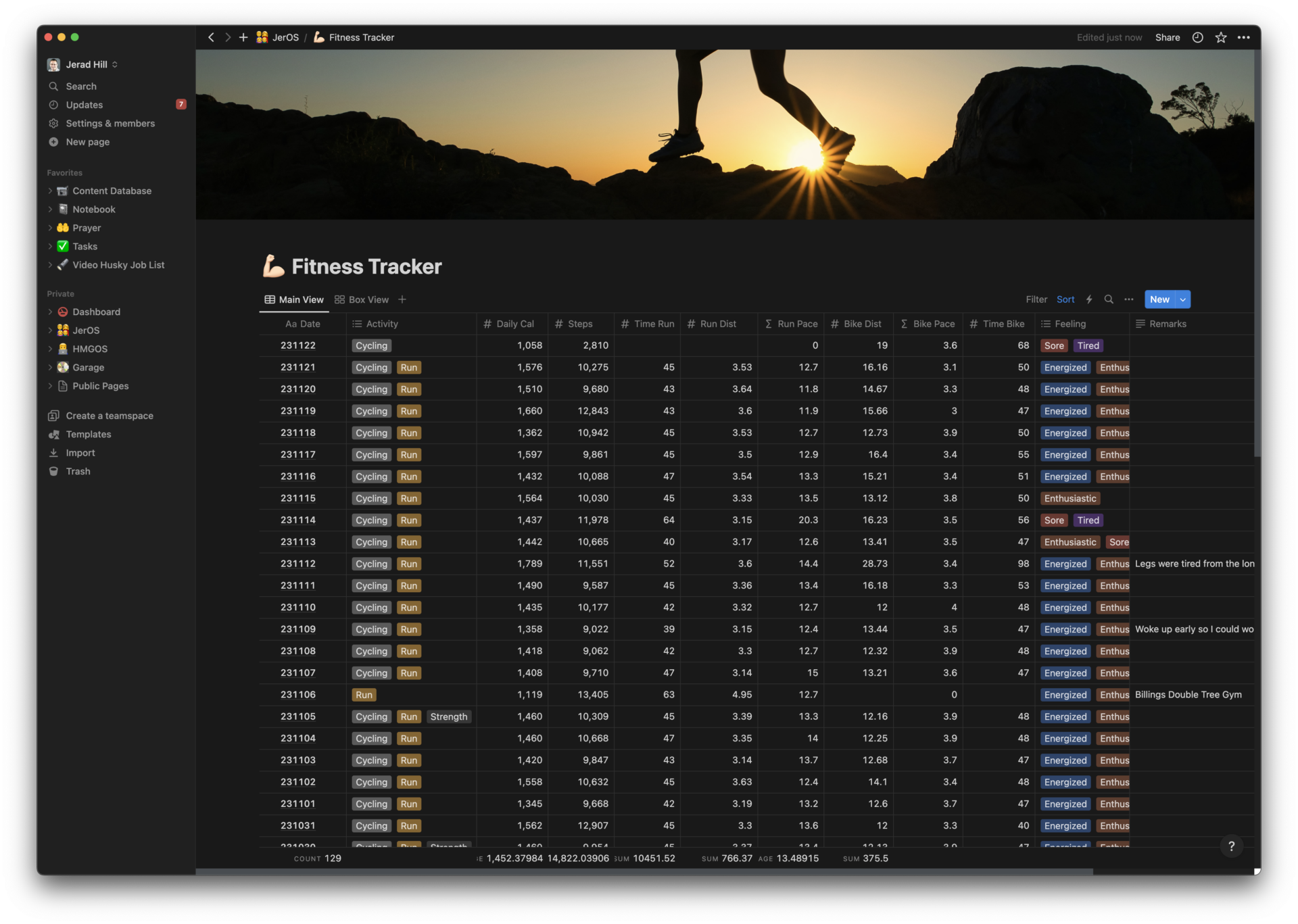As a business owner, husband, father, friend, and church member, I often face situations where conversations could lead to conflict. I have recognized a need to be more sensitive to others, especially when desiring to elicit change. I’m embarking on a journey to enhance my communication skills because I want to improve and provide value in all interactions and relationships. I’ve put together some strategies for preparing for difficult conversations, being a better listener, deciding when to speak up, and seeking feedback to improve.
My journey toward becoming more sensitive in my interactions is influenced by a unique blend of experiences. Growing up, I learned to be highly self-sufficient, which shaped my direct and straightforward communication style. This independence is a double-edged sword—it fosters resilience and self-reliance but sometimes at the expense of sensitivity toward others’ feelings. Additionally, years of navigating the rough waters of internet feedback, which is often blunt and unfiltered, have conditioned me to prioritize resilience over emotional response. These experiences and significant life challenges have instilled in me a strong desire for change and improvement, prioritizing effective outcomes over merely protecting my own feelings.
This blend of experiences has given me a perspective that is perhaps less traditionally sensitive but is now consciously evolving. Recognizing the impact of my background on my communication style, I am committed to adapting and refining how I connect with others. I understand that true leadership and personal growth involve asserting my views and genuinely hearing and valuing those of others. Here’s how I plan to apply this understanding to become more adept at managing and nurturing my relationships through sensitive and effective communication.
Preparing for Difficult Conversations
Preparing for a conversation where I anticipate conflict is crucial. I start by reflecting on my intentions and the outcome I desire. Is my goal to understand another perspective or to share my own view? Understanding my true intent helps shape the approach I take.
Researching and understanding the other person’s background and previous reactions will help me tailor my approach. I organize my thoughts and main points beforehand to stay focused and clear, ensuring that I’m not just reacting impulsively during the conversation.
Becoming a Better Listener
Over the years, I have become a much better listener, but work still needs to be done. This involves more than just hearing the words; it’s about understanding why they’re being said. I want to do better at eliminating distractions that distract me from the person speaking to me. This shows respect and helps me grasp the full scope of what’s being discussed.
I’ve also been working on deferring judgment. This means holding off on forming an opinion until I’ve fully heard and considered the other person’s viewpoint. It’s about being open, not defensive.
Responding Less and More Thoughtfully
The impulse to respond immediately can be intense in conversations, especially those charged with emotion or disagreement. However, I’ve learned that this quick-fire approach often doesn’t serve well, particularly given my tendency towards sarcasm. While sarcasm can sometimes lighten the mood, it can obscure my true intentions and may be dismissive or insensitive. To avoid these pitfalls, I am focusing on responding less and thinking more.
Taking a moment to pause before responding does more than just help me collect my thoughts. It allows me to consider the impact of my words and how they might be received. This pause is crucial to filter out sarcasm and ensure that my true intent, engaging in meaningful and constructive dialogue, shines through. By moderating my tone and choosing my words more carefully, I can convey my opinions in a way that is respectful and considerate of the feelings of others.
Additionally, I’m learning to use this pause to ask myself a few key questions: Is this comment necessary? Is it true? Is it kind? This reflection helps me avoid making remarks that could be hurtful or counterproductive, focusing instead on responses that contribute positively to the conversation. This practice makes me a more thoughtful communicator and a more sensitive participant in any discussion.
By committing to these changes, I aim to transform how I express myself, making my delivery more sensitive and my interactions more fruitful. This shift is not just about reducing sarcasm but about enriching the quality of my communications, ensuring I’m as effective in conveying my message as I am earnest in hearing others’.
Deciding What’s Worth Bringing Up
Not every disagreement needs to be voiced, and not every conflict needs to be resolved as I initially thought it should. I’ve been practicing assessing the importance of the issue at hand. If it affects core values or important objectives, it’s worth discussing. But if it’s a minor issue or based on personal preference, sometimes it’s better to let it go.
Reflecting Through Journaling
I journal daily, but I now use it as a tool to reflect on each significant interaction. After conversations, I note the context, key points, and outcomes, then analyze what went well and where I could improve. This includes assessing whether the other person felt heard and appreciated and identifying moments where I might have reverted to less constructive habits, such as sarcasm. This process helps me recognize and reinforce positive behaviors and critically evaluate areas for improvement. By committing to applying these insights in future interactions, I turn each conversation into a learning opportunity, fostering continual growth in my communication skills and sensitivity.
Seeking and Utilizing Feedback
Feedback is vital. I will make it a point to ask close friends or colleagues for their honest opinions about my communication style. This feedback has been and will continue to be instrumental in helping me understand how I come across and how I can improve. After conversations, I reflect on what went well and what didn’t, using this as a base for further improvement.
Moving Forward
Every conversation is a learning opportunity. By preparing thoughtfully, listening actively, responding judiciously, choosing my battles wisely, and seeking constructive feedback, I am becoming a better communicator and a more sensitive and understanding individual. These strategies minimize conflict; they enhance understanding and respect, paving the way for more meaningful and productive interactions.
This is not about virtue signaling; it’s a genuine expression of my commitment to personal growth and better communication. I’m also inviting accountability from those around me—family, friends, and colleagues—empowering them to call attention to my progress and setbacks. This accountability is crucial as it reinforces and reminds me of why I am doing this, ensuring that my efforts to listen more empathetically, respond more thoughtfully, and engage more constructively are not just aspirational but actualized in my everyday interactions.





